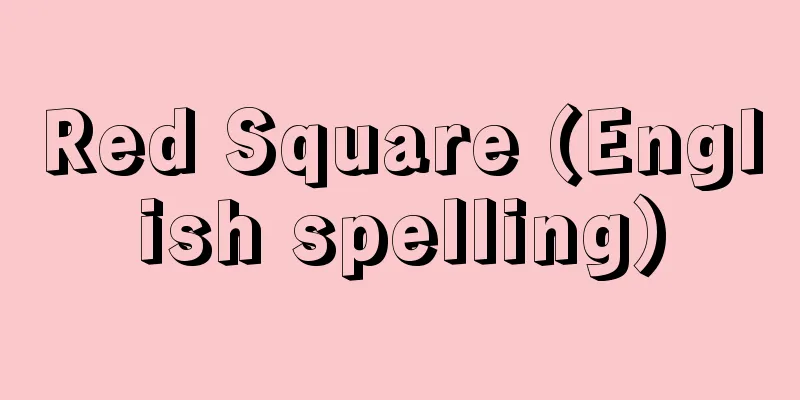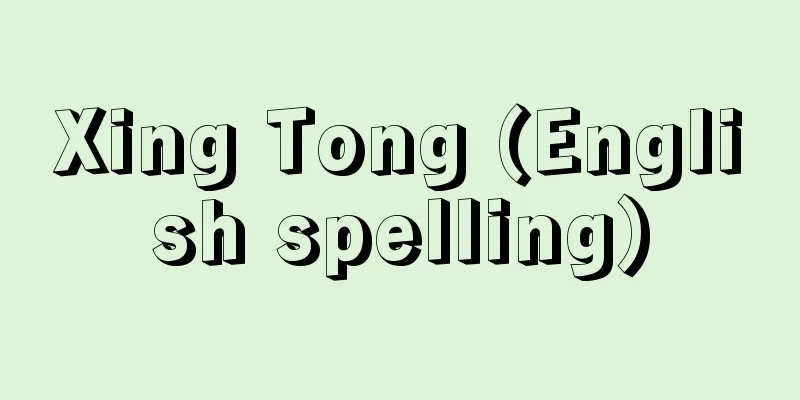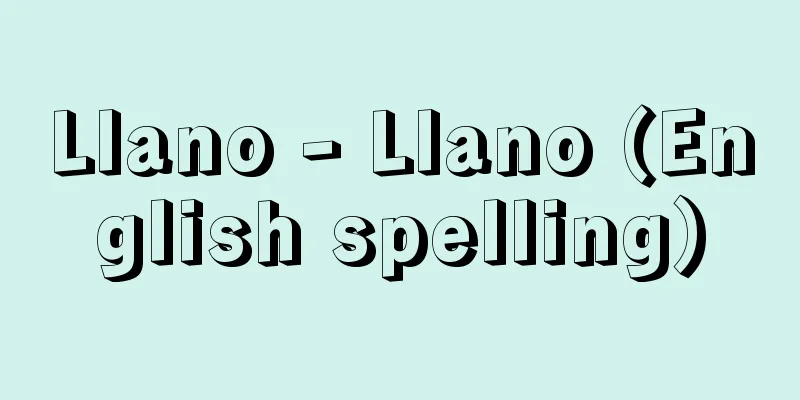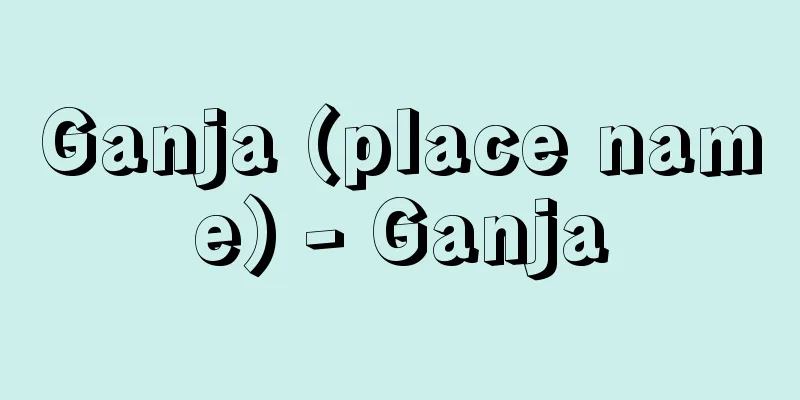Red Square (English spelling)

|
A long and narrow square in the center of Moscow, the capital of the Russian Federation. It covers an area of 73,000 square meters. Located to the east of the Kremlin, the square was created in the 17th century after the open-air market was removed. Before the Russian Revolution (1917), the square was only half its current size. After the Lenin Mausoleum was built from dark red rocks in front of the Kremlin walls in the late 1920s after the Russian Revolution, the sight of a line of Russians and foreigners visiting the mausoleum stretching from Alexander Park, west of the Kremlin, past the State Historical Museum at the western end of Red Square, and extending to Red Square, became a Moscow specialty during the Soviet era. Today, although not as many foreigners as before, you can still see visitors from the provinces and visitors from the provinces on Saturdays and Sundays. In 1990, it was registered as a World Heritage Site along with the Kremlin (World Cultural Heritage). During Soviet times, parades were held in this square on May 1st, May Day, and November 7th, the anniversary of the Russian Revolution, but these have not been held since the collapse of the Soviet Union. [Taizo Nakamura and Toshio Omata] [References] | |Facing the northeast wall of the Kremlin, large-scale parades were held here during the Soviet era. Lenin's Mausoleum is in the center of the photo. Inside the wall, the Presidential Palace (right) and the Presidential Residence can be seen. Part of the World Heritage Site "Moscow Kremlin and Red Square" (Russia, registered in 1990) Russia Moscow ©Shogakukan "> Red Square and Lenin's Mausoleum Built in 1555-61 by Ivan IV (the Terrible). Currently, it is a branch of the Historical Museum at the northern end of Red Square, and houses frescoes from the time of its construction. Part of the World Heritage Site "Moscow Kremlin and Red Square" (Russia, registered in 1990) Russia Moscow ©Shogakukan "> Basil's Cathedral Source: Shogakukan Encyclopedia Nipponica About Encyclopedia Nipponica Information | Legend |
|
ロシア連邦の首都モスクワの都心にある細長い広場。面積7万3000平方メートル。クレムリンの東にあり、17世紀に露天市(いち)を取り払って広場がつくられた。ロシア革命(1917)前は現在の面積の2分の1しかなかった。クレムリンの壁の前に、ロシア革命後の1920年代末、暗赤色の岩石でレーニン廟(びょう)がつくられて以後、この廟に詣(もう)でるロシア人や外国人の列が、クレムリンの西にあるアレクサンドル公園から、赤の広場の西端に立つ国立歴史博物館わきを通り、赤の広場へ延びる光景はソ連時代のモスクワの名物となっていた。現在では、かつてほどではないが、外国人や、土曜、日曜に地方から出てきた参拝者がみられる。クレムリンとともに1990年に世界遺産の文化遺産として登録された(世界文化遺産)。ソ連時代には5月1日のメーデー、11月7日の革命記念日には、この広場でパレードが行われたが、ソ連解体後は行われていない。 [中村泰三・小俣利男] [参照項目] | |クレムリンの北東側城壁に面し、ソ連時代には大規模なパレードが行われた。写真中央はレーニン廟。城壁の内側には大統領府(右)と大統領官邸がみえる。世界文化遺産「モスクワのクレムリンと赤の広場」の一部(ロシア・1990年登録) ロシア モスクワ©Shogakukan"> 赤の広場とレーニン廟 イワン4世(雷帝)により1555~61年に建築。現在は赤の広場北端にある歴史博物館の分館となっており、創建当時のフレスコ画などを収蔵する。世界文化遺産「モスクワのクレムリンと赤の広場」の一部(ロシア・1990年登録) ロシア モスクワ©Shogakukan"> ワシリー大聖堂 出典 小学館 日本大百科全書(ニッポニカ)日本大百科全書(ニッポニカ)について 情報 | 凡例 |
>>: Scarlet-throated Hummingbird - Scarlet-throated Hummingbird
Recommend
Organic disease
...This can be seen as a shift in the social cont...
Headlight - Tsumuri no Hikaru
1754-1796 A kyoka poet from the mid to late Edo p...
Forgetting Autumn - Akiwasure
...From the beginning, there were fixed days off ...
Corporation
...The debate over syndicalism was ultimately res...
Chiton - きとん (English spelling) chiton
The most common garment worn by the ancient Greek...
Sounets à Hélène (English: Sounets a Helene)
… [Shotaro Araki]. … *Some of the terminology tha...
Yakiuchi - Yakiuchi
A tactic known as siege, it involves setting fire ...
Business combination
〘 noun 〙 The integration of companies in the same ...
Another Dimension - Ijigen
1. A different dimension. Also, a world with a dif...
coal-oil-mixture (English spelling) coaloil mixture
…After the oil crisis, the trend for a large expa...
Waiter - Ueta
...In particular, women who served male customers...
Babina subaspera (English spelling)
… [Takahiro Matsui]. … *Some of the terminology t...
Yutagawa [Hot Spring] - Yutagawa
This hot spring is located at the foot of Mt. Kinp...
clarifyingfilter
…(d) Centrifugal filter A model that uses filter ...
Saturn - Saturn (English spelling)
A planet in the solar system. Of the eight planet...









